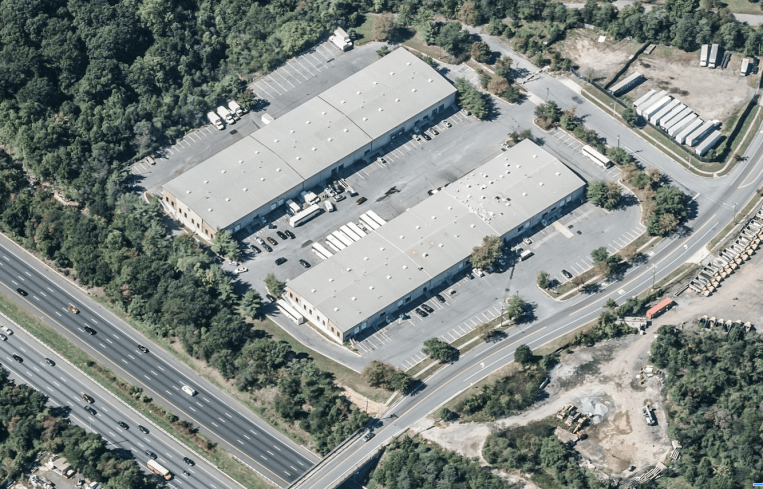How Pre-Secured Financing Yields Opportunities In Illiquid Market
By Adir Levitas February 6, 2023 10:34 am
reprints
Rising interest rates, the anticipation of an economic downturn, and decreased access to credit in an illiquid market have caused bid-ask spreads to rise across property types.
Investors are pulling money out of real estate funds, while banks remain selective and loans for commercial property are expensive and hard to come by. As a result, the pace of deals in commercial real estate has slowed, even in one of commercial real estate’s hottest asset classes: industrial.
This new and challenging market environment has created opportunities for certain kinds of investors in industrial real estate: those with pre-secured financing who are focused on the subset of urban industrial properties that are known as “last-mile” or “infill.” High borrowing costs may moderate asset prices, allowing buyers with credit facilities opportunities that would be pricier in an up-market.
Buyers with existing, pre-committed credit facilities can show up with the certainty they can close because they don’t need to line up financing on a deal-to-deal basis and can convey that certainty to the seller. In this tumultuous market, buyers often choose the bid they believe a buyer can actually close on, even when it’s not the highest bid.

The industrial opportunities are in the smaller, last-mile, infill assets.
Last-mile or infill properties — warehouses within a 20-minute drive to a growing population center with at least 750,000 people — have superior fundamentals that are not as hampered by economic turns. The niche has high occupancy, at 97.5 percent. If you don’t count structural vacancy from obsolete 1950s buildings, it might even be 100 percent. Rent growth in the sector is in the double digits annually.
Infill assets are typically too small for the standard institutional investor. This gives a competitive advantage to investors with a local market presence, familiarity with the local market conditions and regulations, and, most importantly, local relationships. The technology to process and underwrite a large number of small deals furthers that edge because it allows insights that would be too time-consuming to complete manually.
Most businesses that occupy infill properties have been through the Great Recession and are cycle tested. The tenant pool is more local and diverse than suburban distribution hubs. Think of the plumbing supply, roofing or catering company serving a nearby metro area. Unlike the e-commerce and logistics giants that slash their footprints as part of global strategies to appease shareholders and analysts, these smaller tenants are locked into their local customer base. As a result, their warehouse space must be close to those customers. The plumber who relies on local referrals for new business, for example, cannot move their supply warehouse space five towns over, even if rents are lower there.
Infill industrial opportunities today tend to be sale and leaseback deals from local business owners who prefer this method as an alternative to searching for financing in a challenging market.
Last-mile fundamentals are robust for a number of other reasons, including the lack of risk that new supply will flood the market — due to high construction costs and the unavailability of land in dense urban areas.
Real estate is a relationship business. No one knows when the market will hit bottom, but everyone wants the first phone call when it does. That’s why investors are well served to continue bidding on deals, despite the great degree of uncertainty in the current market, and to keep in touch with local brokers. Staying top of mind, paired with scouring data, is the best way to find opportunities — even, and especially, in today’s market.
Although capital markets change with the economy, the fundamentals behind industrial real estate, especially infill, remain strong. They reward investors who have their ducks in a row ahead of time.
Adir Levitas is the founder and CEO of Faropoint, a tech-enabled real estate investment manager focused on last-mile industrial properties in dense population centers.


